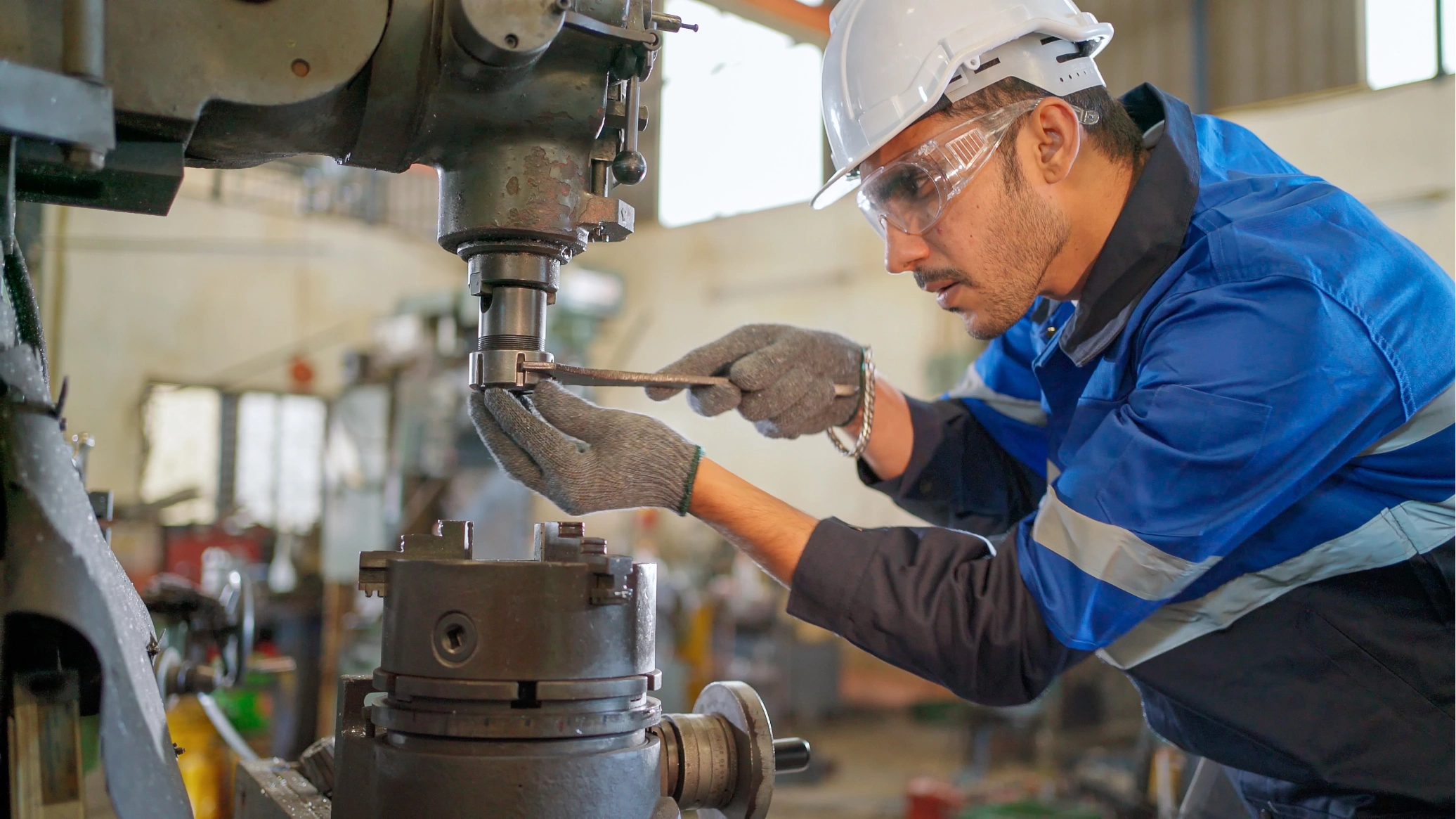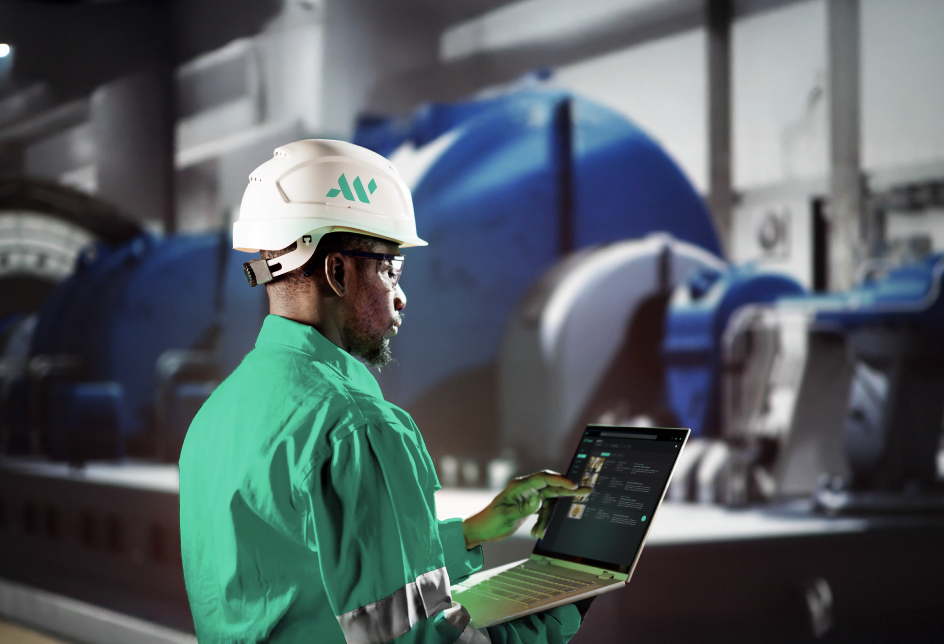Downtime in manufacturing is one of the most expensive problems companies face, and it’s only getting harder to solve.
Between equipment failures, a shrinking workforce, and labor shortages, manufacturers are stuck in a bind. There's too much downtime, and too few hands to fight it. The question many leaders are asking right now is simple: How do we reduce downtime and safeguard production without adding headcount?
The answer lies not in bigger teams, but in smarter factories. If you're concerned about getting buy-in at the plant level for new technologies, you'll want to keep reading. Later in this post, we'll explain how you can overcome cultural barriers easily.
The high cost of downtime in manufacturing
Every manufacturer knows the sting of unplanned downtime. It can bring a production line to a standstill, leaving operators idle, maintenance teams scrambling, and orders delayed. In many facilities, sudden equipment downtime can also create safety and environmental hazards.
The costs of downtime events can be staggering. Industry data consistently shows unplanned downtime costs thousands of dollars per minute in lost revenue, wasted labor, and shipping costs from missed deadlines. Real-world asset saves show just how expensive a single unplanned downtime event can be.
Vibration readings for an off-gas fan indicated looseness and an alignment issue. After checking the bearings as recommended by a condition monitoring engineer dedicated to their facility, the maintenance team changed out both DE and ODE bearings—saving nearly $170,000 and preventing 64 hours of downtime.
Downtime costs extend beyond lost production time. They ripple through the business, disrupting production schedules, inflating replacement parts costs, straining maintenance schedules, and threatening customer relationships.
Why hiring your way out isn’t an option
Battling both unplanned downtime and workforce constraints simultaneously may seem like a problem without a solution. The pool of skilled maintenance talent is shrinking as seasoned technicians retire, while younger workers are harder to recruit and retain. Those who remain are spread thin across growing asset bases.
Hiring your way out isn’t realistic anymore. Labor costs are high, training takes time, and onboarding delays mean you’re still vulnerable to unexpected downtime. As headcount increases, the complexity of managing larger teams and overlapping maintenance schedules can slow down rather than speed up recovery.
Fortunately, you don't have to choose between absorbing the costs of equipment downtime or increasing headcount and complexity. Empowering lean teams with better tools not only solves both challenges, but also offers an opportunity for continuous improvement and greater resiliency.
Smarter factories: doing more with less
For the sake of increased efficiency, higher output, better product quality, and reduced risk, manufacturers are increasingly embracing the smart factory concept. By combining automation, IoT sensors, machine learning, and predictive analytics, modern plants can run more efficiently even with fewer people on the production floor.
Routine maintenance and preventive maintenance plans, which can sometimes catch common causes of downtime, generate inefficiencies of their own. Too many preventive maintenance tasks lead to unnecessary part replacement, lost time, and inflated costs. Intervals between preventive work leave you exposed to unscheduled downtime and unexpected failures.
Smart factories embed intelligence into the manufacturing process itself via real-time asset condition monitoring. Wireless triaxial vibration sensors track vibration and temperature across key components. Expert-trained AI models then analyze vibration and oil analysis data, spotting early signs of trouble before they cascade into full-blown equipment failures.
How predictive maintenance minimizes downtime events
Predictive maintenance (PdM) is at the heart of this digital transformation. Unlike routine maintenance that’s scheduled at fixed intervals, predictive maintenance is condition based, using data and AI to determine exactly when a piece of equipment needs attention.
With PdM, maintenance teams can:
- Reduce unplanned downtime by catching signs of bearing wear, imbalance, or misalignment and addressing issues before they trigger equipment failures.
- Extend asset life by ensuring repairs happen early in the failure curve, before secondary damage occurs.
- Optimize maintenance schedules by replacing guesswork with data-driven insights and maximizing planned downtime.
- Improve overall equipment effectiveness (OEE) by keeping machines at peak health and running smoothly.
Continuous vibration monitoring flagged severe misalignment in a new chiller pump, prompting a detailed inspection. The maintenance team realigned the equipment during planned downtime, preventing catastrophic failure. This single intervention yielded $1,000,000 in savings and safeguarded against significant unplanned downtime.
How AI-powered predictive maintenance empowers your team to prevent equipment failures
Reliable, expert-trained predictive maintenance AI offers an unprecedented degree of precision, with early warnings helping maintenance teams safeguard equipment and accomplish more during planned downtime.
- AI-driven fault detection isolates patterns in the data and identifies issues like imbalance, looseness, and misalignment before they escalate.
- Real-time anomaly detection acts as a 24/7 safety net, sending alerts when drastic changes like sudden temperature spikes or vibration increases occur.
- Adaptive AI learning means the models get smarter over time, identifying equipment failure risks with increasing accuracy.
- Smart asset prioritization ensures that lean teams focus their limited resources on the assets most critical to uptime.
The key to predictive maintenance success, with a team that's fully confident and empowered, is pairing AI with expert human insight. Certified condition monitoring engineers (CMEs) validate the AI findings, filter out noise, and provide actionable recommendations. This “human in the loop” approach ensures that teams aren’t overwhelmed by raw data but guided to corrective action with clear, prescriptive next steps.
To reduce machine downtime with PdM, teams must be on board and comfortable with the technology. But skepticism and worry are often the biggest barriers to adoption. In our recent white paper From Resistance to Resilience: Overcoming Cultural Barriers to Digital Transformation in Manufacturing, you'll learn how to secure buy-in and enable teams to start driving value fast. Download your copy here.
Practical ways to reduce downtime and increase equipment effectiveness without extra staff
If you’re wondering how this translates to your operations, here are some practical tips:
- Track downtime systematically. Downtime analysis tools help you measure not just overall downtime but also the most common causes. Was it human error? Power outages? Equipment failures? Understanding root cause is the first step.
- Leverage real-time monitoring. Your vendor can help you perform a criticality assessment, start a pilot program for your most critical assets, and help onboard and guide your team. Look for a full-service solution that includes installation, hardware, software, and ongoing dedicated CAT III+ support with no CapEx required.
- Replace routine checks with predictive analytics. Move beyond rigid maintenance schedules that lead to over-servicing. With a predictive maintenance strategy, you can deploy your maintenance team only when necessary.
- Integrate with your existing workflows. With a simple, seamless integration, your condition monitoring data can feed directly into your CMMS and work order systems to eliminate unnecessary tasks and align maintenance schedules with production schedules for minimal disruption.
- Focus on continuous improvement. Your PdM platform will not only reveal the value of your program through historical data, but also provide actionable data you can use to improve maintenance processes, resource allocation, and overall performance.
Business value of predictive power: more output, less chaos
Beyond lowering maintenance costs, cutting downtime stabilizes the entire manufacturing process. Reduced downtime means fewer shipping delays, lower replacement parts spend, and less production loss. It means workers spend less time on emergency fixes and more time ensuring equipment effectiveness and product quality.
These wins align directly with top-level goals: improved productivity, sustainability, safer workplaces, and stronger financial performance. In fact, predictive maintenance is one of the few strategies that simultaneously reduces costs and supports growth.
The manufacturing workforce may be shrinking, but that doesn’t mean your reliability, throughput, or prospects have to shrink with it. By shifting from reactive firefighting to predictive, data-driven maintenance, you can give your existing teams the tools to drive substantial, scalable progress that will transform business operations.
Discover how to achieve operational resilience with a predictive maintenance strategy
How can manufacturers thrive amid increasing market and economic pressures? Predictive maintenance holds the key. Learn how condition-based maintenance can help you navigate uncertainty and ensure long-term stability and success. Download the white paper Resilient Reliability: Why Predictive Maintenance Drives Value in Any Economy.




.avif)



.png)
.png)
.png)

.png)






